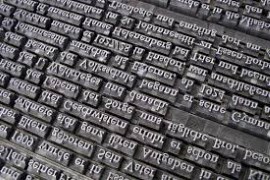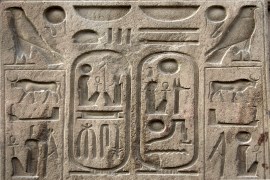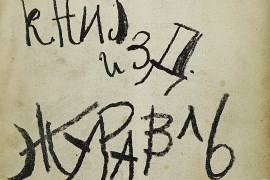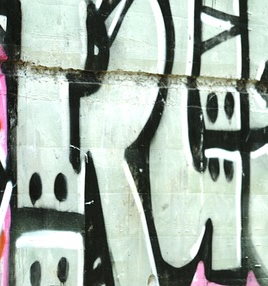Collections | Livre | Chapitre
The good and the beautiful
pp. 179-184
Résumé
Plato calls beauty to ekphanestaton — the most apparent. As such it provides an exemplary topic for phenomenology understood, as it sometimes is in the works of the later Heidegger and the later Merleau-Ponty, as the vision of the invisible within the visible. Because we find that more appears than appears to appear, phenomenology in this sense investigates, tracks to its lair, an excess. Being is the excess for Heidegger. Phenomenology seeks out this excess, negatively by avoiding reductive analysis, positively by attempting to be true to experience, that is to preserve the experience as experience. What experience means here should become clear in the course of what follows.1
Détails de la publication
Publié dans:
Hamrick William (1985) Phenomenology in practice and theory. Dordrecht, Springer.
Pages: 179-184
DOI: 10.1007/978-94-010-9612-6_11
Citation complète:
Bernasconi Robert, 1985, The good and the beautiful. In W. Hamrick (ed.) Phenomenology in practice and theory (179-184). Dordrecht, Springer.










